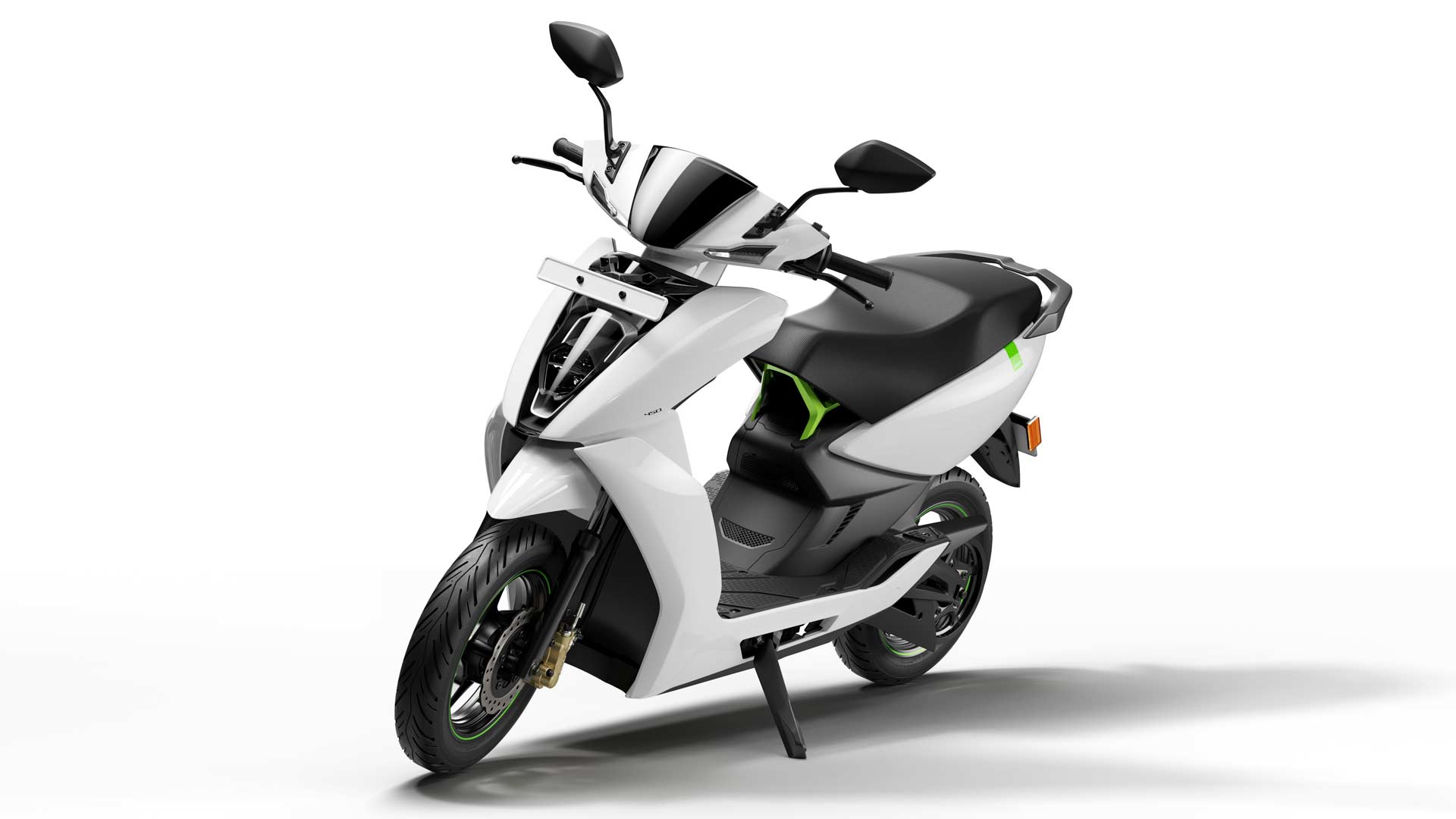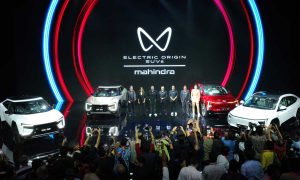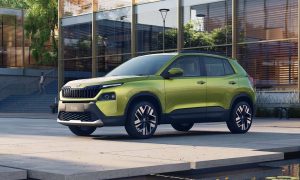Makes total sense, because ever since the pandemic began, I’ve been seeing new delivery-purpose-made electric two-wheelers that I had never seen or heard before. Just two days ago, I saw a delivery partner of an online grocery delivery firm ride a rather funky-looking e-scooter. But anyway, the Society of Manufacturers of Electric Vehicles (SMEV) reports that last year a total of 233,971 electric two-wheelers (E2W) were sold in the country in 2021, which is a growth of 132% compared with a total of 100,736 E2Ws sold in 2020.
| Year | Registered (high-speed) | % Registered (high-speed) | Non-registered (low-speed) | Total |
| 2020 | 27,206 | 27% | 73,529 | 100,736 |
| 2021 | 142,829 | 61% | 91,142 | 233,971 |
| Growth | 425% | – | 24% | 132% |
The high-speed E2Ws, which have speeds greater than 25 km/h (15.5 mph) and require a full license, registered a whopping 425% growth, while the low-speed E2Ws (less than 25 km/h, no license, no registration) grew only by 24%.
The low speed has had negative growth in the last two quarters of 2021. The market share of the low-speed segment used to be upwards of 70% in all the previous years, and that has dipped to less than 15% in the last quarter of Oct-Dec 2021. The low-speed E2Ws are not subsidized under the FAME 2 policy that incentives only high-speed ones based on their battery capacity at INR 15,000 kWh, which has made the entry-level high-speed E2Ws cheaper than many of the low-speed ones, the report said.
We haven’t seen better days than the last few months in the entire EV journey. In the last 15 years, we collectively sold around 1 million E2W, e-three wheelers, e-cars, and e-buses, and we will most likely sell the same 1 million units in just one year beginning January 2022. The recent positive changes in EV policy through FAME 2 are a game-changer and a decisive move by the government to ensure a cleaner and greener transportation sector, reducing reliance on expensive and contaminated liquid fuel. Customers have now started shifting in large numbers from petrol two-wheelers to electric ones due to attractive prices, lower running costs, and lower maintenance. A significant percentage of customers also factor in the environment and sustainability in their decision to buy an electric two-wheeler. Going by the recent monthly trends, the next 12 months may see 5 to 6 times the growth over the previous 12 months. – Sohinder Gill, Director General, SMEV
The E2W market is divided into three segments: low speed, city speed, and high speed. While the low-speed segment is waning away, the city speed segment (up to 50 km/h) is gaining traction due to attractive pricing and lower replacement costs of batteries. Adoption in the high-speed segment, i.e., 70 km/h, is low but may increase in the next few years as the battery prices come down.
Top 10 players in the electric two-wheeler segment in India (Jan-Dec 2021)
| OEM | Sales | % Share |
| Hero Electric | 46,214 | 34% |
| Okinawa | 29,868 | 22% |
| Ather | 15,836 | 12% |
| Ampere | 12,417 | 9% |
| Pure EV | 10,946 | 8% |
| TVS | 5,368 | 4% |
| Revolt | 4,687 | 3% |
| Bajaj | 4,532 | 3% |
| Benling India | 4,421 | 3% |
| Jitendra New EV | 1,930 | 1% |
| Total | 136,219 |

Leave a Reply
Note: Comments that are unrelated to the post above get automatically filtered into the trash bin.
































